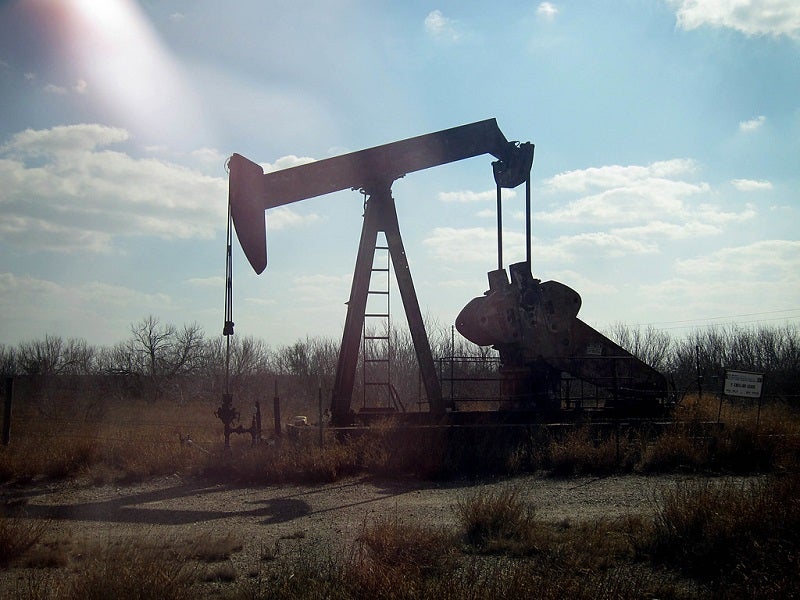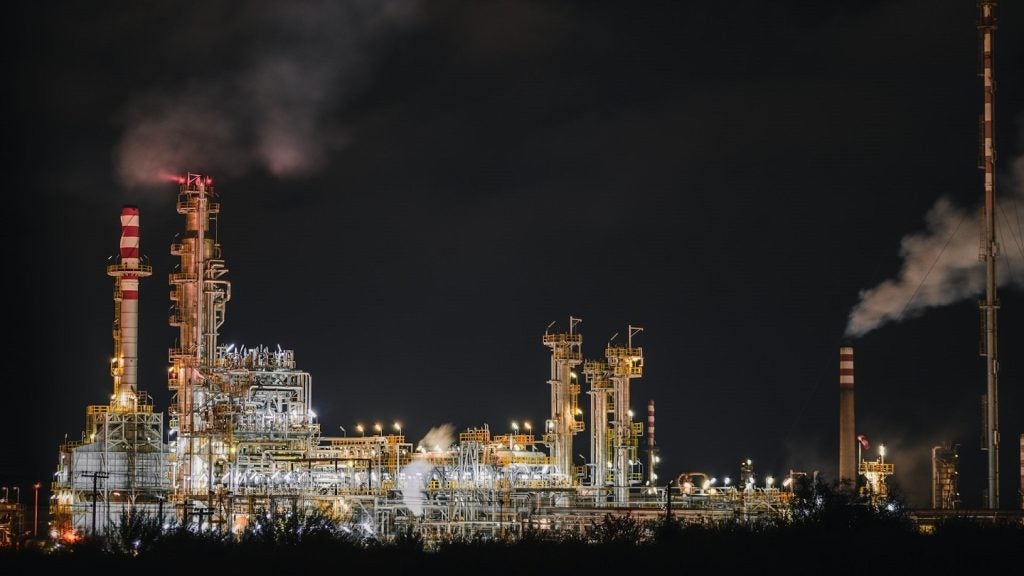
Oil prices edged higher after Saudi Arabia’s confirmation to restore full production by the end of September 2019 at its facilities which were attacked by terrorists.
Brent crude futures LCOc1 rose 8 cents to $63.68 per barrel, while US West Texas Intermediate (WTI) crude CLc1 increased 14 cents to $58.25 a barrel, reported Reuters.
Saudi Arabia said that it had managed to restore supplies to customers at levels prior to the drone and missile attacks by drawing oil from its inventories. The world’s leading oil exporter said that the attack on its oil sites was “unquestionably sponsored” by its rival nation Iran.
US President Donald Trump ordered the Treasury to substantially increase sanctions on Tehran. According to Reuters, Iran has denied involvement in the strikes.
CMC Markets chief markets analyst Michael McCarthy was quoted by Reuters as saying: “Prices may have found equilibrium for now.
“While tensions in the Middle East remained elevated, the White House’s response on Wednesday to Saudi producing evidence that it said implicated Iran in the attacks pointed to a more measured approach in handling the region’s issues.”
How well do you really know your competitors?
Access the most comprehensive Company Profiles on the market, powered by GlobalData. Save hours of research. Gain competitive edge.

Thank you!
Your download email will arrive shortly
Not ready to buy yet? Download a free sample
We are confident about the unique quality of our Company Profiles. However, we want you to make the most beneficial decision for your business, so we offer a free sample that you can download by submitting the below form
By GlobalDataThe International Energy Agency (IEA) head said that there is no need to release emergency oil stocks as markets are receiving significant oil supplies.
Following the drone attacks on oil plants in Saudi Arabia, Kuwait raised its security as a precautionary measure to avoid unexpected attacks, a Kuwaiti oil official said. A separate report of weekly data from the EIA on US crude stocks provided a mixed data.







